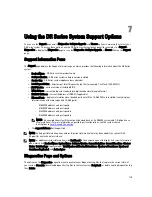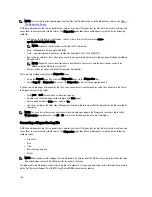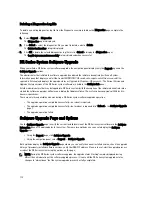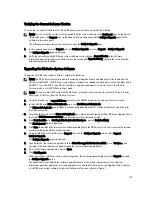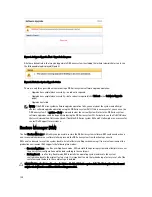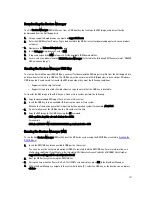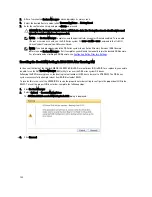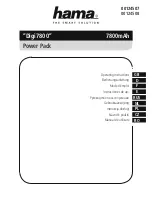
•
OST and DMA integration:
– OpenStorage API enables the DMA-to-media server software communication
– DR Series system storage capabilities can be used without extensive changes to DMAs
– Backup and replication operations are simplified by using built-in DMA policies
•
DR Series system and OST ports and write operations:
– Control channel uses TCP port 10011
– Data channel uses TCP port 11000
– Optimized write operations enable client-side deduplication
•
Replication operations between DR Series systems:
– No configuration is required on the source or target DR Series system
– Replication is file-based, not container-based
– Replication is triggered by DMA optimized duplication operation
– DR Series system transfers the data file (not the media server)
– Once duplication completes, DR Series system notifies DMA to update its catalog (acknowledging the
second backup)
– Supports different retention policies between source and replica
– Replication is set up in the DMA itself, not the DR Series system
OpenStorage Technology (OST) API
The OpenStorage Technology (OST) API is an application programming interface that allows disk-based devices like the
DR Series system to natively integrate with the two supported Symantec Data Management Applications (DMA),
NetBackup and Backup Exec. For example, because the DR Series system supports both data deduplication and
replication, the OST API allows these supported DMAs to use the DR Series system appliance features and duplicate the
optimized data from one storage appliance to another.
The OST API enables the writing of data to disk and is illustrated in the following example where NetBackup (the DMA)
interacts with the DR Series system (the data backup and deduplication device) using the OST API:
•
NetBackup needs to store a file to disk. To do this it notifies the DR Series system via the OST API which file it
needs to backup and what to name this file.
•
DR Series system accepts this file, backs it up, and stores it in its filesystem.
•
NetBackup can perform one of three subsequent operations with this specific stored file:
– Expire it
– Restore from it
– Copy or duplicate it
•
If NetBackup, using the OST API, directs the DR Series system to expire a stored file, it deletes it from its
filesystem.
•
Similarly, if NetBackup, using the OST API, wants to restore from a stored file, it directs the DR Series system
which file to restore, which then delivers the stored file to NetBackup for the restore.
NOTE: OST contains a feature called optimized duplication. For example, in optimized duplication, the DMA
(NetBackup) directs device A to perform an optimized duplication with device B. Device A and B communicate and
determine which data segments of the file need to be replicated from A to B for device B to ensure that device B
contains a full and complete duplicate data file. Once successful, the DMA now knows about both copies of this
data file, and can use this file on device B as it would any other data file that resides there.
128
Summary of Contents for PowerVault DX6112
Page 1: ...Dell DR Series System Administrator Guide ...
Page 32: ...32 ...
Page 70: ...70 ...
Page 86: ...86 ...
Page 100: ...For more information on Replication schedules see Creating a Replication Schedule 100 ...
Page 114: ...114 ...


